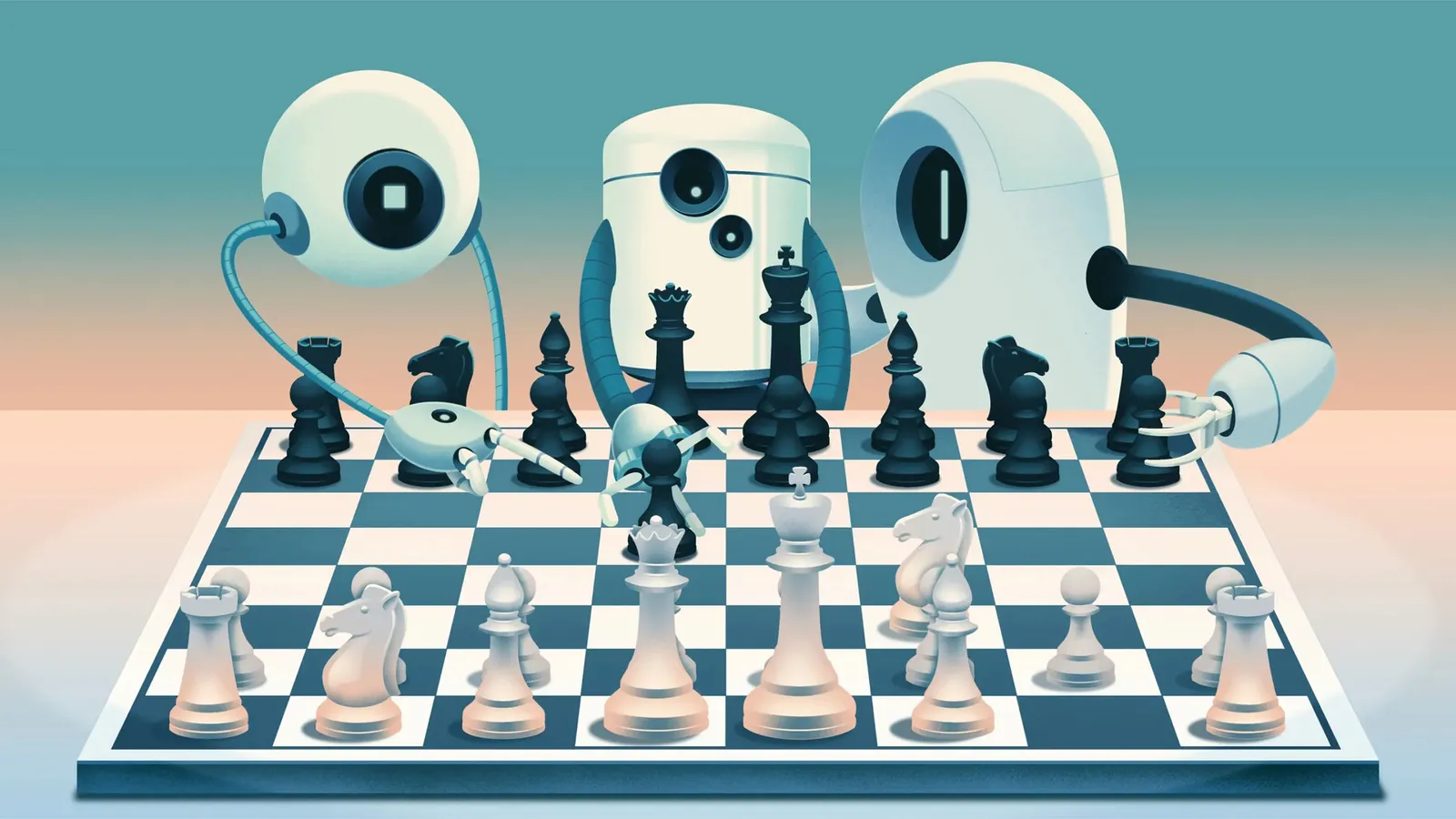In the dynamic realm of artificial intelligence, Google has persistently pushed the boundaries of what is achievable. Their recent foray into the world of chess has not only fascinated enthusiasts but also illuminated the path towards enhancing AI prowess. Let’s delve into Google’s Chess Experiments and uncover the strategies that promise to bolster the strength of AI algorithms.
The Fusion of Chess and AI
At the heart of Google’s endeavors lies the fusion of chess, a game of intricate strategy and foresight, with the computational prowess of artificial intelligence. Chess has long been a benchmark for AI capabilities, challenging machines to emulate human-like strategic thinking.
The Quest for Improvement
Google’s experiments sought not just to play chess, but to play it exceptionally well. The focus was on refining AI algorithms to learn and adapt, mirroring the way human players enhance their skills through experience.
Reinforcement Learning Unveiled
One of the cornerstones of Google’s success in this venture is the implementation of reinforcement learning. This technique allows AI models to learn from their actions, receiving rewards for positive moves and penalties for mistakes. Over time, the AI refines its strategies, akin to how a chess prodigy hones their skills with each match.
The Rise of Neural Networks
Neural networks, designed to mimic the human brain’s learning process, have played a pivotal role in Google’s chess conquests. By processing vast amounts of chess data, these networks identify patterns, optimal moves, and strategic nuances that might elude even seasoned players.
Embracing the Power of Keywords
In unraveling Google’s Chess Experiments, one cannot overlook the significance of strategic keywords. These elements, carefully integrated into AI algorithms, act as beacons for prioritizing moves, recognizing patterns, and predicting opponents’ strategies.
Looking Ahead: AI’s Ascension in Chess
Google’s Chess Experiments not only illuminate the current state of AI but also herald a future where machines rival—and perhaps exceed—human strategic acumen. As algorithms evolve, driven by the quest for optimal performance, the age-old game of chess becomes a canvas for AI ingenuity.
In this intersection of tradition and innovation, Google’s chess ventures stand as a testament to the limitless possibilities of artificial intelligence. The chessboard, once a battleground for human minds, now witnesses the elegant dance of algorithms, guided by the strategic insights of Google’s experiments.
Join us as we unravel the mysteries of Google’s Chess Experiments, where each move is a step towards AI’s ascendancy in the world of strategy and intellect.
Chess AI Revolution: Witness the Fusion of Tradition and Technology
Stay tuned as we explore more groundbreaking advancements in the realm of artificial intelligence. Subscribe to our newsletter for the latest updates and insights!
Sources:
- Google AI Blog - "Mastering Chess and Shogi by Self-Play with a General Reinforcement Learning Algorithm"
- Neural Networks in Chess: A Deep Dive into AI Strategy by Google Research
- Reinforcement Learning: The Engine of AI Advancement in Chess Experiments
Disclaimer: This blog post is a creative exploration of Google’s Chess Experiments, weaving together factual information and speculative insights. For precise technical details and updates, refer to Google’s official publications and research papers.




0 Comments